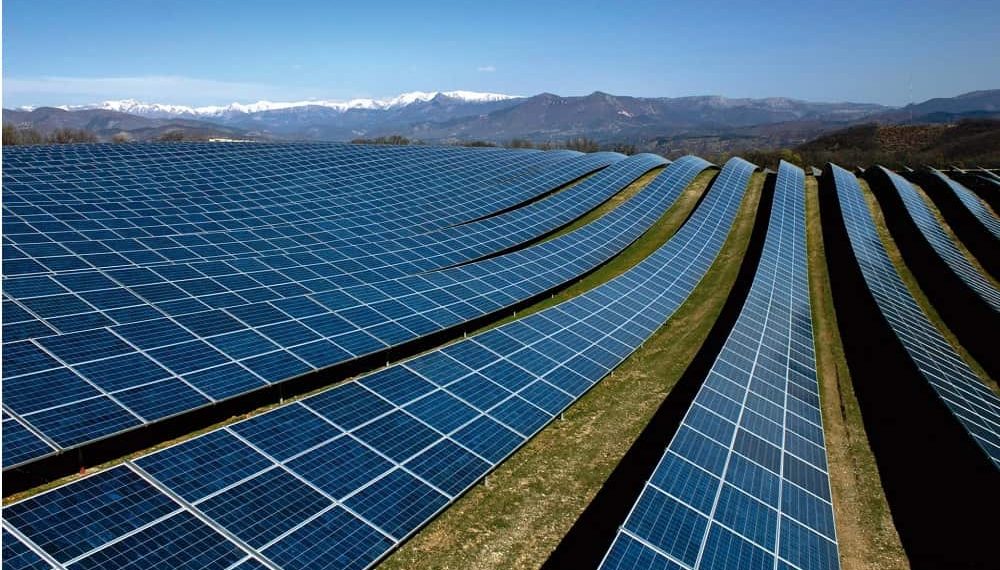India is anticipated to become the second-largest solar photovoltaics manufacturer worldwide after China. This significant development in the country’s renewable energy push comes as 110 GW of module manufacturing capacity will come online in the coming three years, thereby making the country self-sufficient.
The Institute for Energy Economics and Financial Analysis as well as JMK Research & Analytics, in a report, found out that the total module manufacturing nameplate capacity of India rose over twofold to around 38 GW in March 2023 as compared to 18 GW in the same period last year.
According to Vibhuti Garg, the South Asia Director at IEEFA, the future of Indian photovoltaics looks bright, and the favourable policy environment created by the Indian government is indeed helping the Photovoltaic manufacturing industry to grow rapidly, which is quite evident in the consistent announcements made in terms of expansions as well as new investments across the sector.
She went on to add that after India travels the path of self-sufficiency in the next two to three years, the course of action should be to take on and compete for dominance when it comes to scale and quality in the worldwide PV module segment.
In spite of the aggressive market drivers, there are indeed certain very minor hurdles that are stalling the growth of the PV manufacturing segment. Hence, the stability of the policy is essential so as to sustain investor confidence in the market.
Jyoti Gulia, who happens to be JMK Research founder and co-author of the report, opined that the production-linked incentive- PLI scheme from the government is one of the most significant contributors when it comes to boosting the PV manufacturing landscape in India. As per the report, there is an increase of 51.6 GW in terms of module capacity that is expected because of both the tranches of the PLI scheme and a minimum of a 27.4 GW surge when it comes to integrated polysilicon-to-module capabilities, three to four years down the line.





































